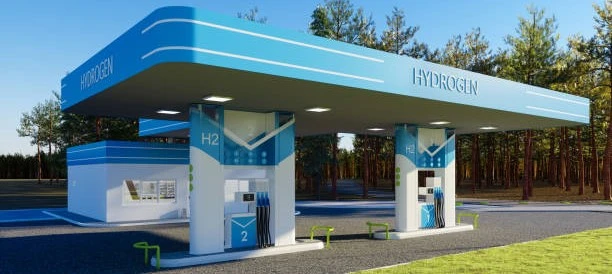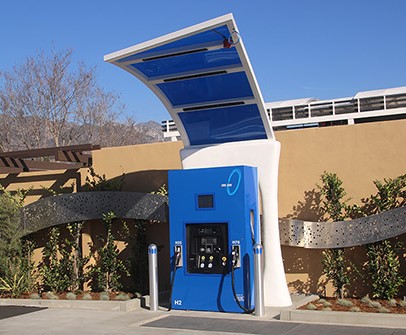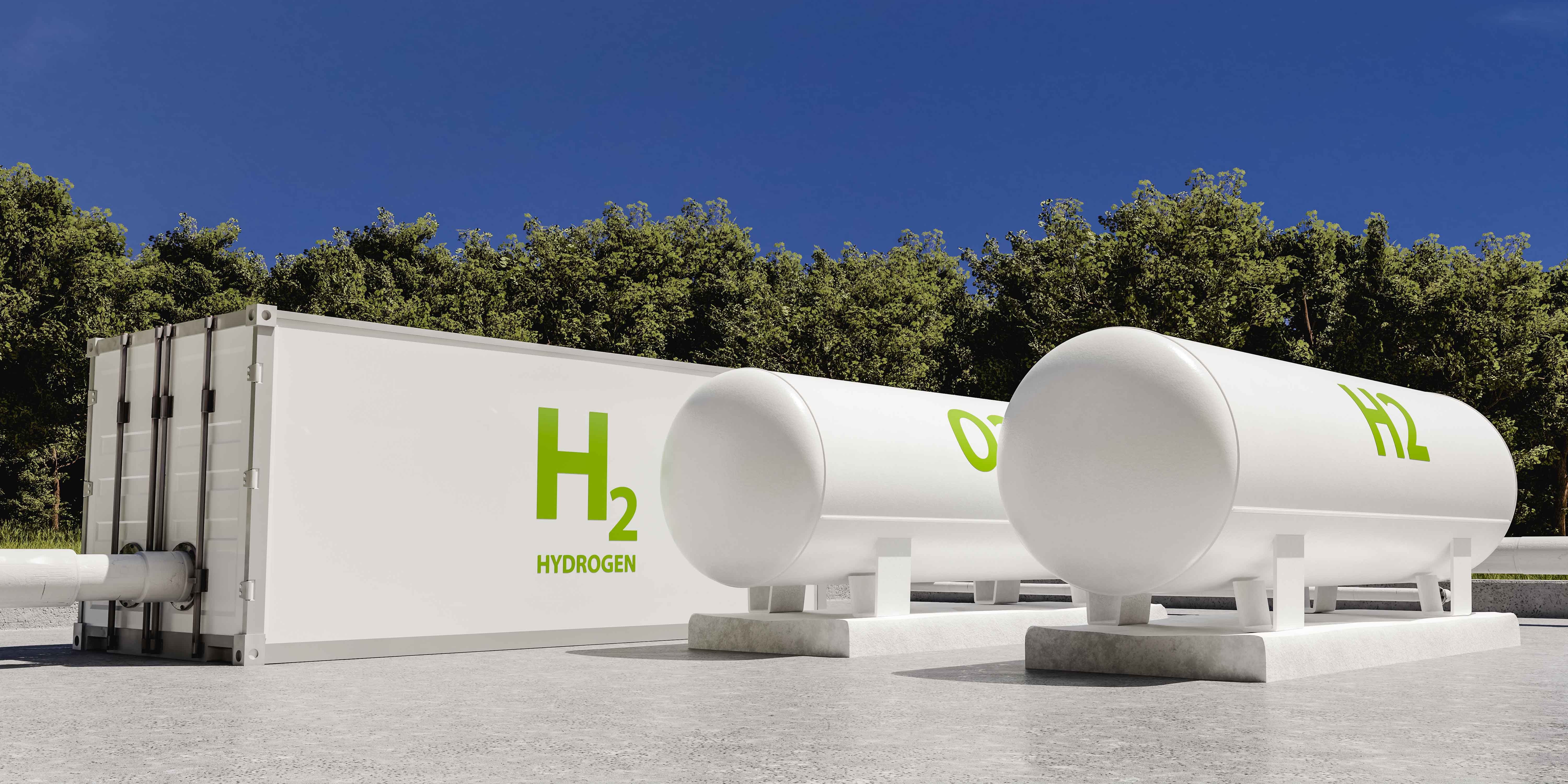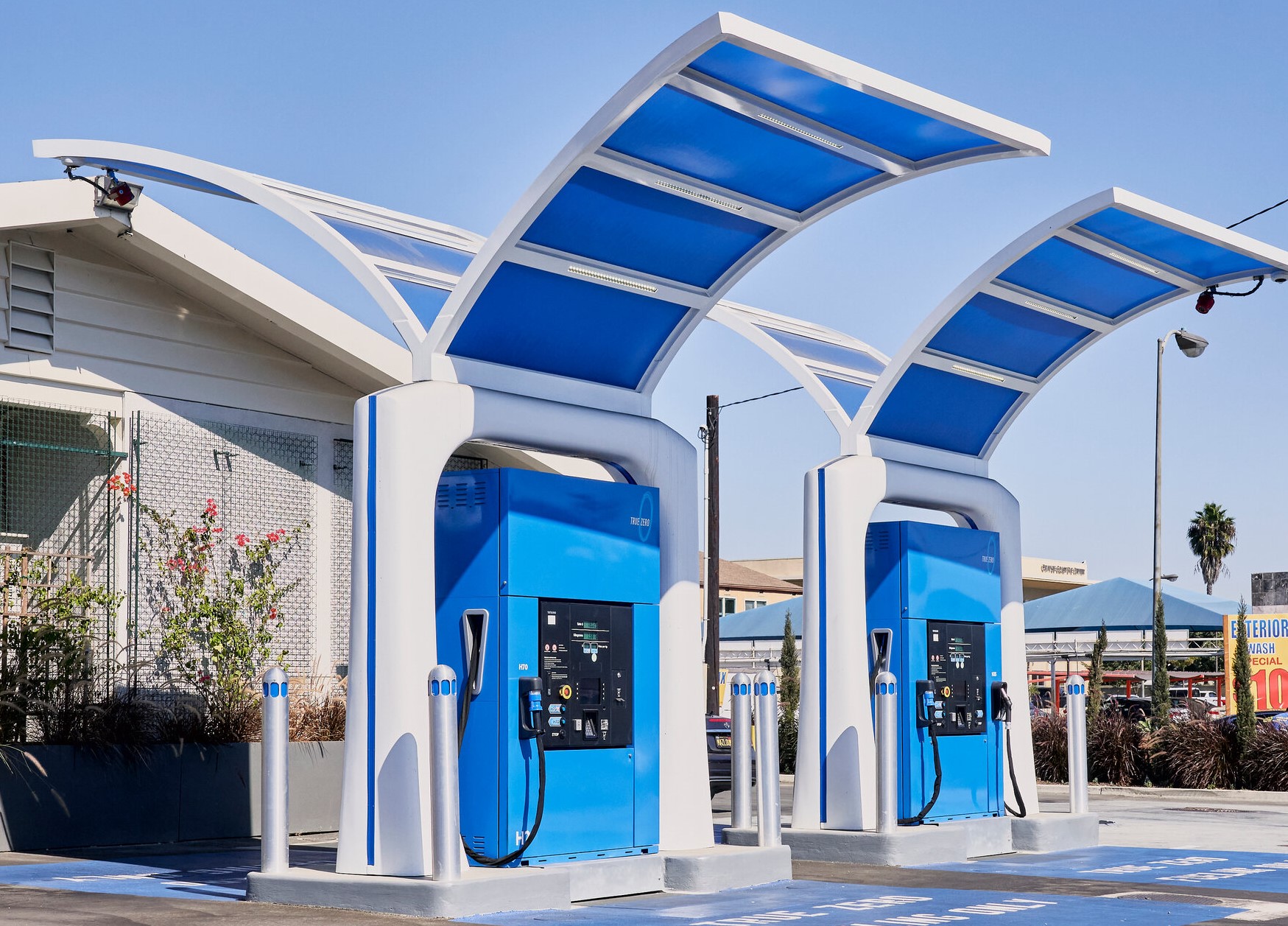What's the average cost (BOP) of a Hydrogen Fuel Station?

The global shift towards clean and sustainable energy solutions has led to an increased interest in hydrogen fuel as an alternative to conventional fossil fuels.
One critical component of this transition is the establishment of hydrogen refuelling stations. These stations are crucial to supporting the adoption oh hydrogen fuel cell electric vehicles (FCEVs) and providing a viable refuelling infrastructure.
However, the cost of building a hydrogen refuelling station is a complex equation that involves various factors, with the balance of plant being a central consideration.
In addition to costs, there are several barriers and constraints that stakeholders must navigate when planning to construct a hydrogen refuelling station.

Cost Components of Hydrogen Fuel Station: Balance of Plant
The balance of plant (BoP) refers to the sum of all systems, equipment, and infrastructure required for the functioning of a hydrogen refuelling station, excluding the actual fuel production and storage components. BoP costs include the following:

Barriers and Constraints of Hydrogen Station
1. Economies of Scale: The cost per station can be reduced with economies of scale, meaning that building a network of stations can be more cost-effective than constructing individual stations.
2. Lack of Demand: A lack of hydrogen-powered vehicles can create a demand-supply gap, making it challenging for stations to achieve profitability.
3. Regulatory Hurdles: Navigating complex regulatory frameworks for hydrogen storage, transportation, and dispensing can be time-consuming and costly.
4. Infrastructure Challenges: Developing the necessary infrastructure, including reliable power supply and hydrogen delivery, can be challenging, particularly in regions with limited existing hydrogen-related infrastructure.
5. High Initial Investment: One of the most significant barriers is the high upfront capital investment required. The BoP components, safety systems, and infrastructure can lead to substantial costs.

6. Public Awareness: Limited public awareness and knowledge about hydrogen fuel cell technology can impact consumer willingness to adopt FCEVs and, consequently, the station's success.
7. Operational Costs: The ongoing operational costs, including electricity, maintenance, and compliance with safety regulations, can impact the station's overall economic viability.
Conclusion
The cost of building a hydrogen refuelling station involves a delicate balance between various components that constitute the balance of plant. While the initial investment and operational costs can be substantial, the transition to a cleaner and more sustainable transportation system makes these stations a crucial investment.
Overcoming barriers and constraints, such as regulatory challenges, infrastructure limitations, and public awareness, is essential for the successful deployment of hydrogen refuelling stations. As technology advances, economies of scale kick in, and public acceptance grows, these barriers can be gradually dismantled, paving the way for a hydrogen-powered future.

It is estimated that at present the construction of a Hydrogen Refuelling Station in California costs around 1.5-2 million USD. At the moment it is far away from the price at which it can start to be profitable, but we also have to consider that the barriers we listed above are getting lower and lower and the overall cost of these Hydrogen refuelling stations has already been reduced by 20% during the last 5 years.
On the other hand, if we compare the cost of the construction of these Hydrogen refuelling Stations, we must also compare the output with the respect to other charging or refuellinf stations with others fuels or energies. The most relevant or important comparison is the comparison with the charging points for Battery Electric Vehicles.






